Marius-Paul Otto (1870–1939) patently used his entrepreneurial spirit to clean up
Entrepreneurs are often portrayed in the media as the heroes of our time, geniuses whose creativity and doggedness creates ‘value’ from nothing. Yet, as the economist Marianna Mazzuccato showed in The Entrepreneurial State, tech innovation is only the final stage after decades-long blue skies government funding. Those who later mash up fundamentals into new products are wont to forget this intellectual cradle, especially when the delicate subject of taxation is raised.
Universities too sit on the horns of this dilemma; they support entrepreneurial students and academics, but there is invariably a tension about ownership of intellectual property. These questions struck me after I stumbled across the career of a compulsive innovator, Marius-Paul Otto. Otto should be better known given that he helped transform public health in France and nucleated a global behemoth.
Otto was born in Nice in the south of France, his father a land registry surveyor who nurtured his interests in science and engineering. He studied physical sciences in Marseille and moved to Paris around 1889, joining organic chemist Charles Friedel’s research group. A student of Charles Wurtz, the elderly Friedel had succeeded to his mentor’s chair at the Sorbonne.
Among many firsts, Wurtz designed a fractionating column that allowed boiling temperatures to be measured reliably. Unfortunately, misguided attempts to improve on Wurtz’s simple method led to the development of a series of increasingly bonkers ‘dephlegmators’ of which Otto’s, a glass stairway to chemical heaven, is one of the most beautiful.
Bubbling with enthusiasm
Based on the mistaken premise that in a distillation the returning liquid must ‘wash’ the warm vapour rising from the still-pot, Otto designed a ladder of ovoid bubblers linked by syphons for the returning liquid. In his paper, Otto enthused about how it out-performed his lab’s state-of-the art Le Bel-Henninger stillhead. When I tested a 10-egg version, meticulously reconstructed by our glassblower, John Cowley, it proved a bubbling wonder to watch. That I broke it when I showed it off during a talk highlighted both my own clumsiness and the challenge of assembling a delicate multi-piece assembly of glass almost a metre long. Not surprisingly, neither it, nor a larger, patented version caught on.
Otto’s real focus was ozone and its reaction with organic compounds, a collaboration between Friedel and the electrochemist Gabriel Lippmann. Otto started designing ozonisers, building on Nikola Tesla’s work. One of Otto’s lab colleagues was Alfred Verley, an organic chemist whose passion was driven in part by the smells of the laboratory. He had grown up helping his father set up plants to produce sugars, starch and cardboard and was no stranger to scale-up. He and Otto shared a room or flat in the 14th arrondissement and together filed patents on methods to make perfume components, not least vanillin made by the oxidation of isoeugenol by ozone. In 1893 Verley set up a vanillin plant in Courbevoie, an industrial area on the edge of Paris that was hot with startups. Production was three tonnes per month, more than world consumption. Verley would become a leading fragrance chemist with businesses across Europe and the US.
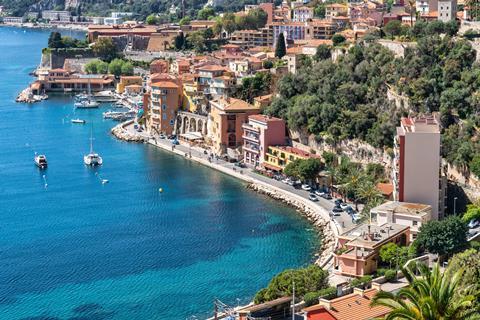
But Otto had other things on his mind. Aware that ozone was an effective disinfectant he was thinking about water; waterborne diseases like diarrhoea, typhoid and cholera were endemic in European cities. For his thesis he devised (and patented) ozonisers for both lab use and wider disinfection. In 1893 he built the first water purification pilot plant based on ozone. It worked as planned and he eventually submitted his thesis in 1897.
Otto continued to file patents for filters and water sterilisers based on ozone and on ultraviolet light and, confidently, set up the ‘Compagnie Générale de l’Ozone’. A portrait from this period shows a dapper young man, with a sharp moustache, leaning against a large scale ozoniser. In 1905 he approached the council in Nice with a plan to sterilise the water supply, offering his ozoniser technology royalty-free.
Cleaning up
His method was beautifully elegant. Ozonised air was entrained by water squirting from a Venturi-type ‘emulsifier’ (a water aspirator), accompanied by a blue glow. The fizzy ozone-saturated water that emerged was now sterile and odourless. Otto devised variants sized for bathrooms, for hospitals and for cities, often using the water itself for hydroelectric power. Nice soon had the reputation for the cleanest water in France. Over the next few years plants were set up across France and far beyond including Russia and the Congo. Otto later railed against the use of chlorine, describing it as ‘barbarism’.
Otto still found time to write a 500 page overview, dedicated to Friedel, of the chemistry of perfumes, designed propulsion methods for torpedoes and avionics, and filed over 100 more patents. He also ran the electric utility in Le Havre. After his death his water treatment business would be absorbed into the national water company, which, after privatisation in the 1990s, is now the ubiquitous waste and water management giant Veolia.
What is striking is that his and Verley’s early patents as students were filed from their home addresses, giving their occupations are ‘chemist’ or ‘engineer’. There is no mention at all of the Sorbonne, the school that nurtured their exceptional talents. The story highlights an increasingly urgent political question about technology: how should we balance the rewards between society and the creative individual?
Acknowledgements
I am grateful to John Cowley for his meticulous reconstruction of several exemplars of extinct glassware over the past five years.
References
M Otto, Bull. Soc. Chim. France, 1894, T11, 197

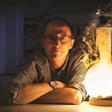
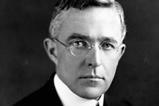

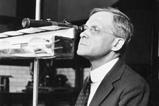




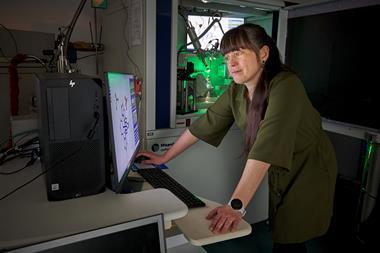

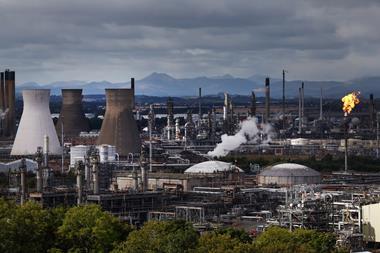
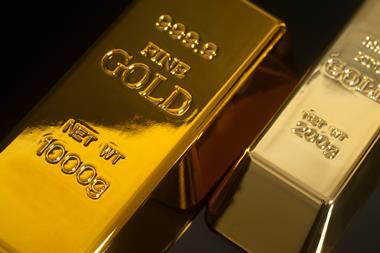
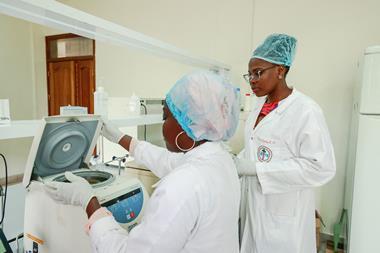

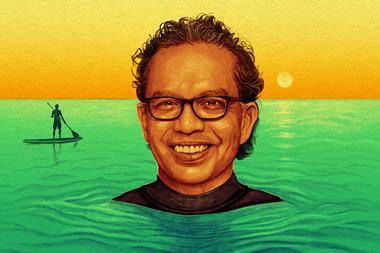

No comments yet